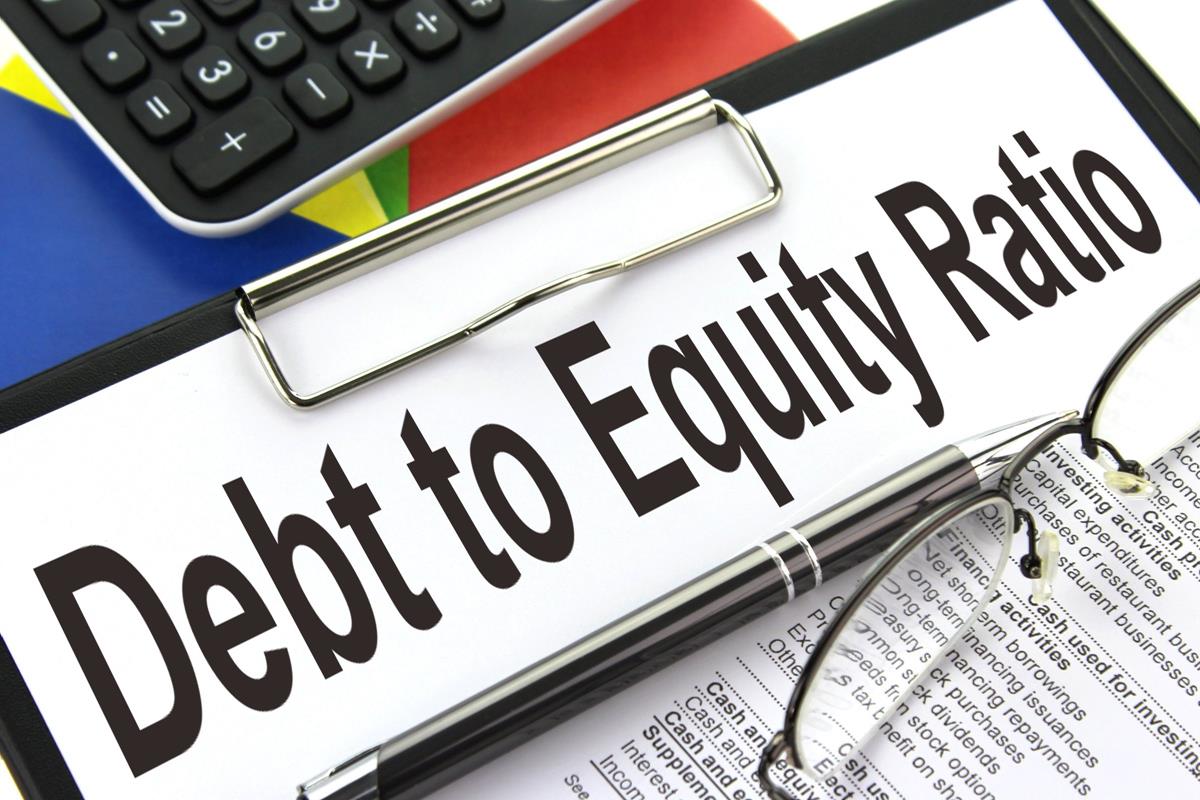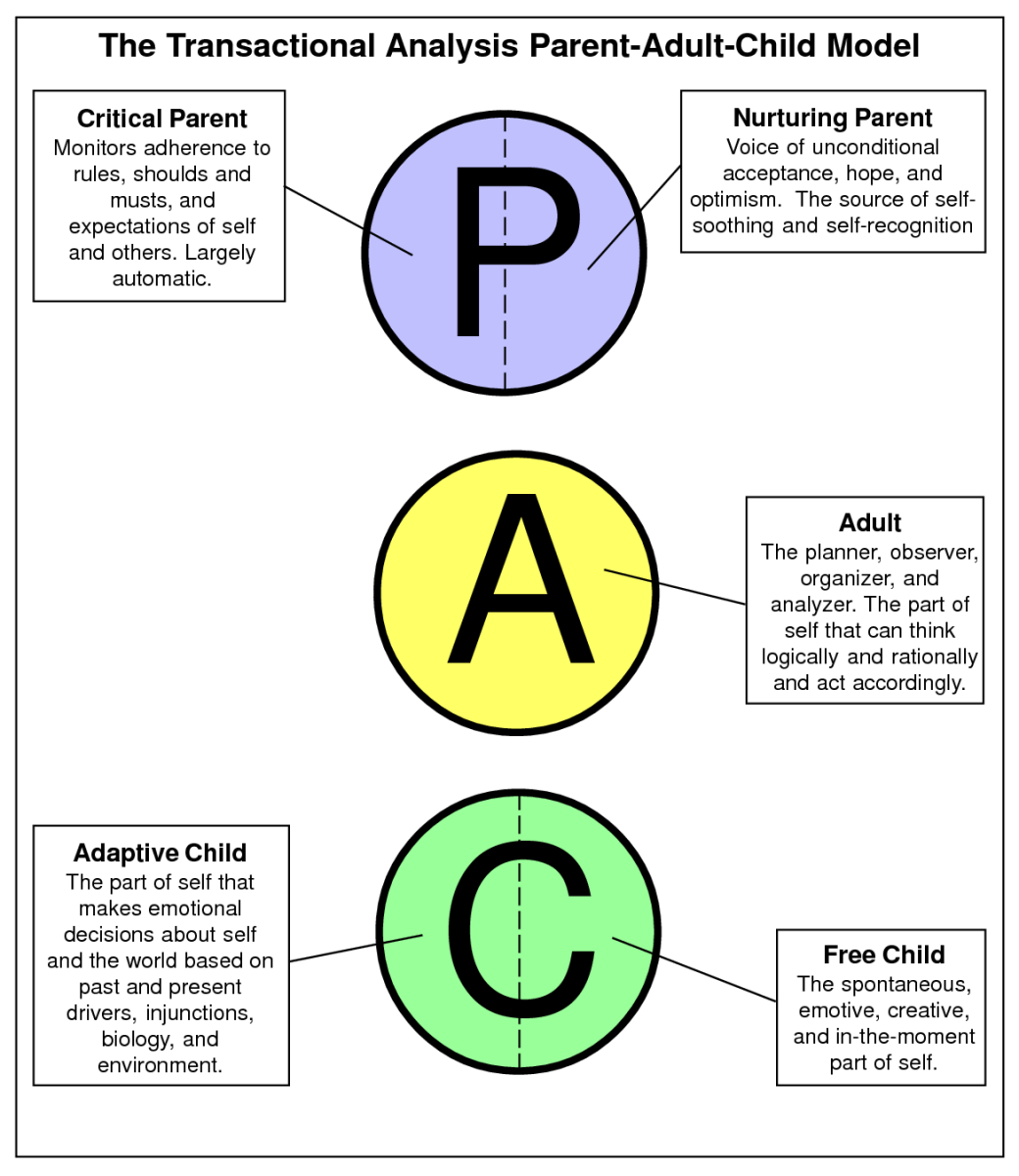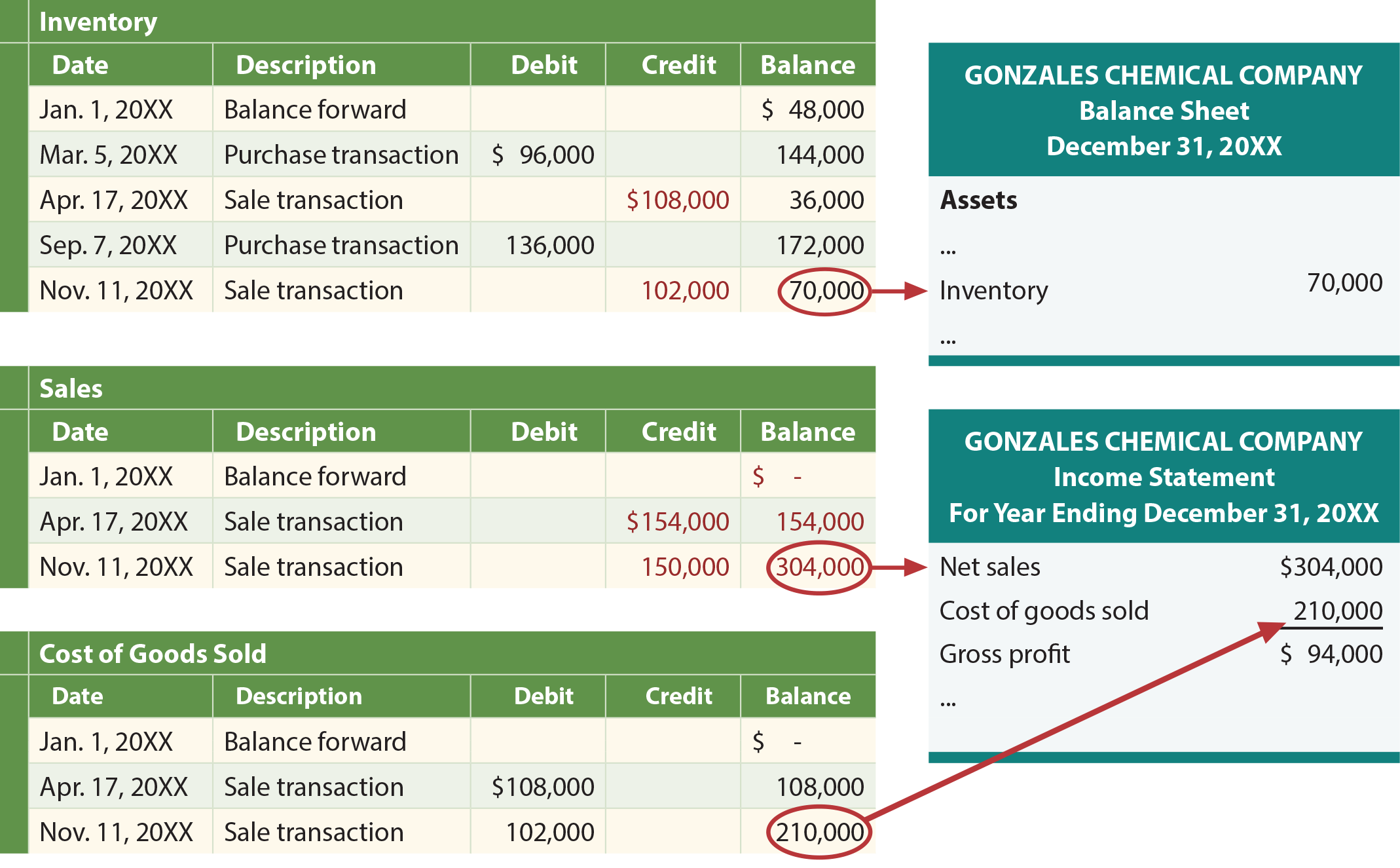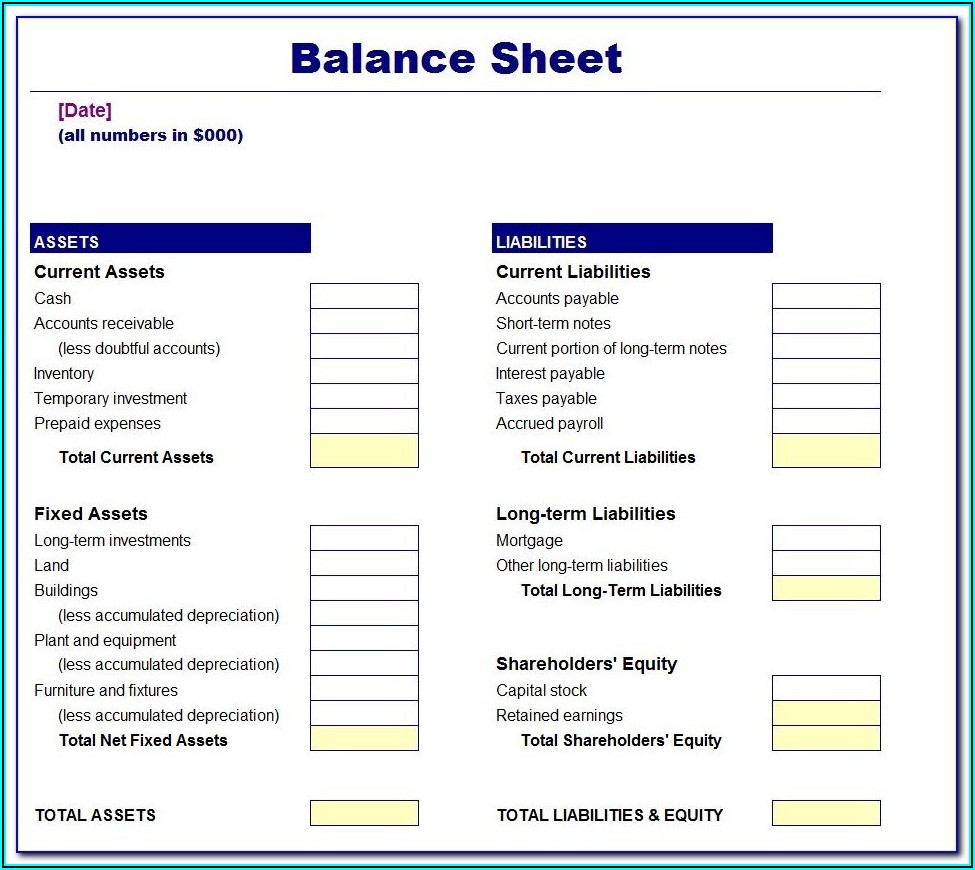
Annie is able to cover all of her liabilities comfortably—until we take her equipment assets out of the picture. Most of her assets are sunk in equipment, rather than quick-to-cash assets. With this in mind, she might aim to grow her easily liquidated assets by keeping more cash on hand in the business checking account.
Great! The Financial Professional Will Get Back To You Soon.
You can save this daily balance sheet template as individual files — with customized entries — for each day requiring balance insights for any 24-hour period. Public companies, on the other hand, are required to obtain external audits by public accountants, and must also ensure that their books are kept to a much higher standard. The balance sheet previews the total assets, liabilities, and shareholders’ equity of a company on a specific date, referred to as the reporting date. A balance sheet is a financial statement that shows the relationship between assets, liabilities, and shareholders’ equity of a company at a specific point in time. Current assets are assets that are expected to be converted into cash or used up within a year.
Balance Sheet Format
Use this small business guide to gain a better understanding of what a balance sheet is and how to use it. We’ll cover how to prepare a balance sheet and how it can help you understand your business’s financial situation. Total liability is typically ordered with total current liabilities first and then non-current liabilities. Accounts Payable – Similar to accounts receivable, accounts payable are short-term loans, typically owed by the business from purchases made on credit from suppliers or vendors. Keep in mind that your balance sheet is an always changing document. It should be customized to include the specific asset and liability categories that apply to your company.
Balance Sheet Calculator — Excel Template
This is consistent with the balance sheet definition that states the report should record actual events rather than speculative numbers. Also called the acid test ratio, the quick ratio describes how capable your business is of paying off all its short-term liabilities with cash and near-cash assets. In this case, you don’t include assets like real estate or other long-term investments. You also don’t include current assets that are harder to liquidate, like inventory.
- They can be short-term (current liabilities) or long-term (noncurrent liabilities).
- By determining the financial status of your organization, essential partners have an informative blueprint of your company’s potential and profitability.
- While income statements and cash flow statements show your business’s activity over a period of time, a balance sheet gives a snapshot of your financials at a particular moment.
- We expect to offer our courses in additional languages in the future but, at this time, HBS Online can only be provided in English.
Using the sample above, we can look at some transactions that may change only the balance sheet figures. Excel is an excellent tool to design your own if you are not using accounting software. It is worth looking into if you are not already using software, as it can save time and money. It can be sold at a later date to raise cash or reserved to repel a hostile takeover. Shaun Conrad is a Certified Public Accountant and CPA exam expert with a passion for teaching. After almost a decade of experience in public accounting, he created MyAccountingCourse.com to help people learn accounting & finance, pass the CPA exam, and start their career.
All of our content is based on objective analysis, and the opinions are our own. Shareholders’ equity will be straightforward for companies or organizations that a single owner privately holds. Liabilities are few—a small loan to pay off within the year, some wages owed to employees, and a couple thousand dollars to pay suppliers.
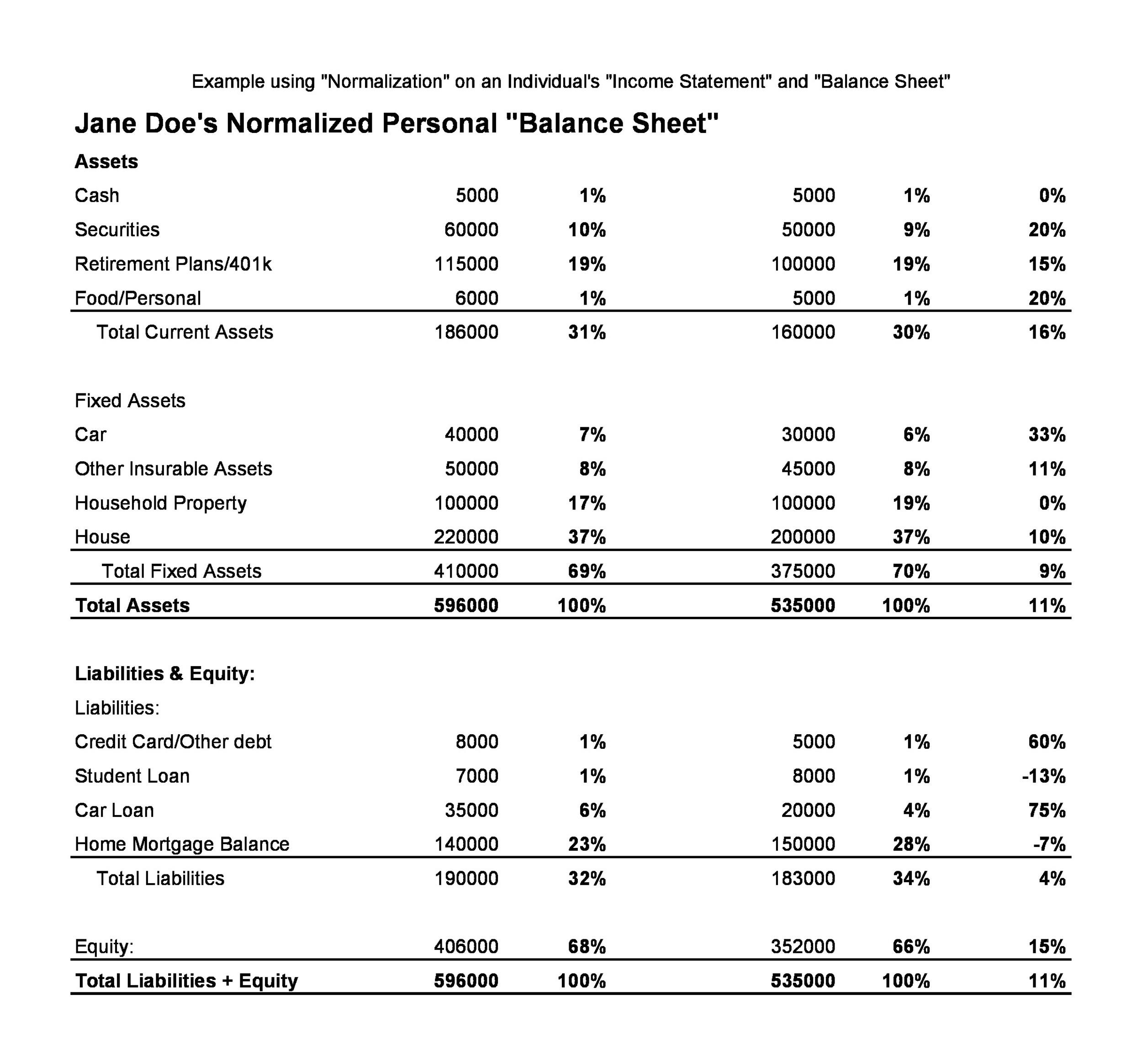
However, it is crucial to remember that balance sheets communicate information as of a specific date. If he could convert some of that inventory to cash, he could improve his ability to pay of debt quickly in an emergency. He may want to take a look at his inventory, and see what he can liquidate. Maybe he’s got shelves full of books that have been gathering dust for years. If he can sell them off to another bookseller as a lot, maybe he can raise the $10,000 cash to become more financially stable.
Here we will discuss the importance of an accounting balance sheet, look at an example to get an understanding of the balance sheet format. You can change the account titles and the amounts listed in the spreadsheet to fit your needs. The total amounts will automatically populate, based on the embedded formulas. Having an accurate balance sheet can help notes payable definition you and your managers assess the company’s strengths and weaknesses and develop appropriate strategies moving forward. Balance sheets can help you identify trends and are commonly used when dealing with potential lenders, such as banks, investors, and suppliers. If a balance sheet doesn’t balance, it’s likely the document was prepared incorrectly.
